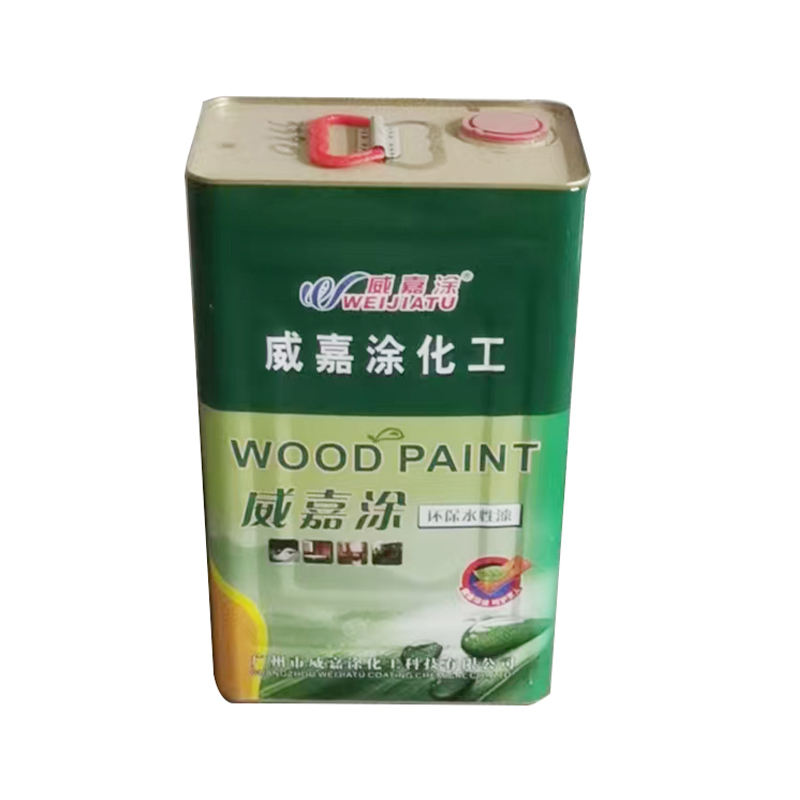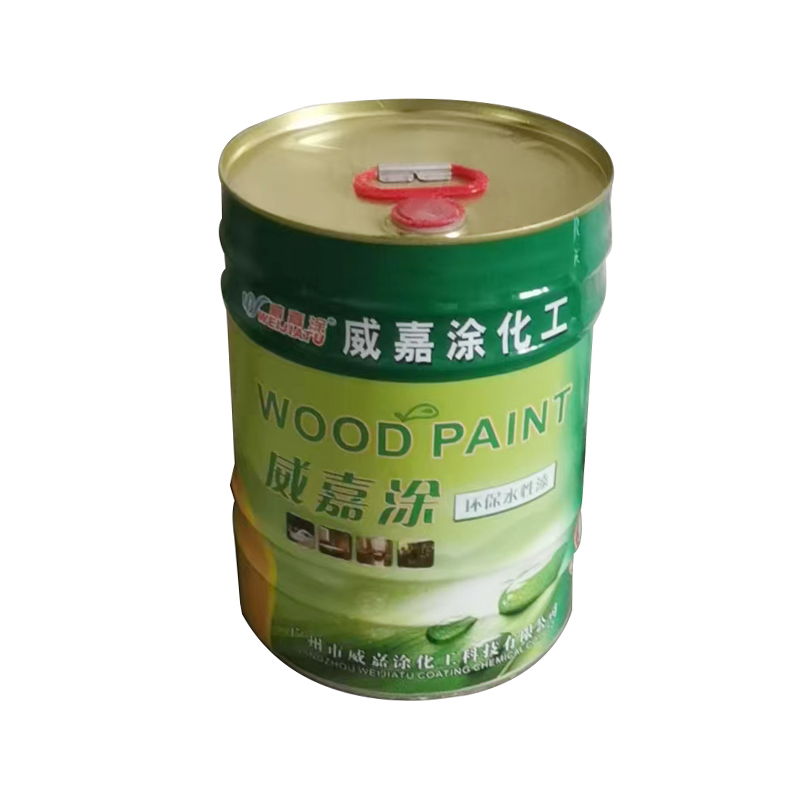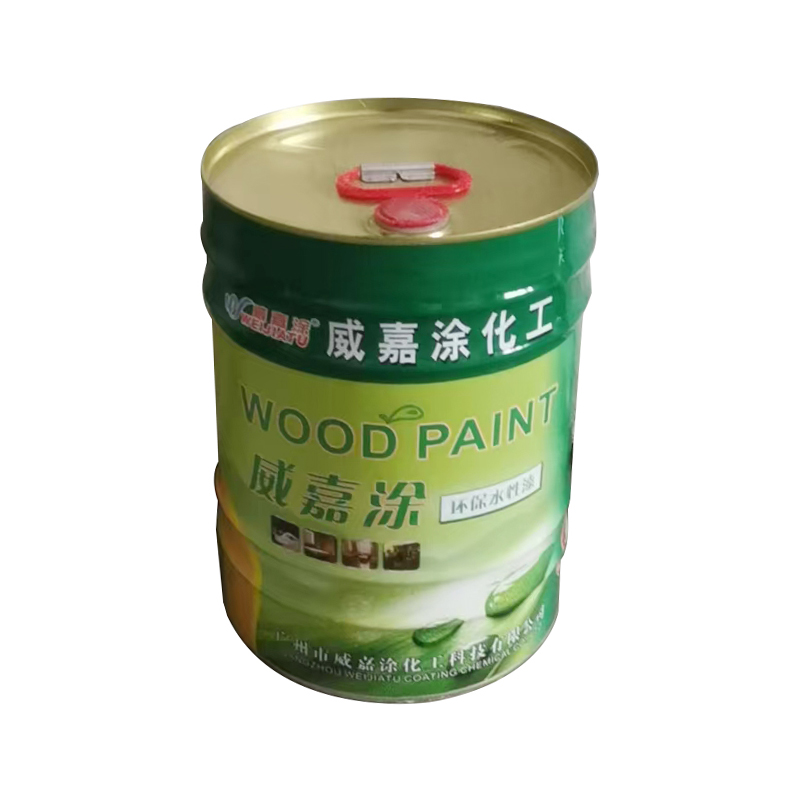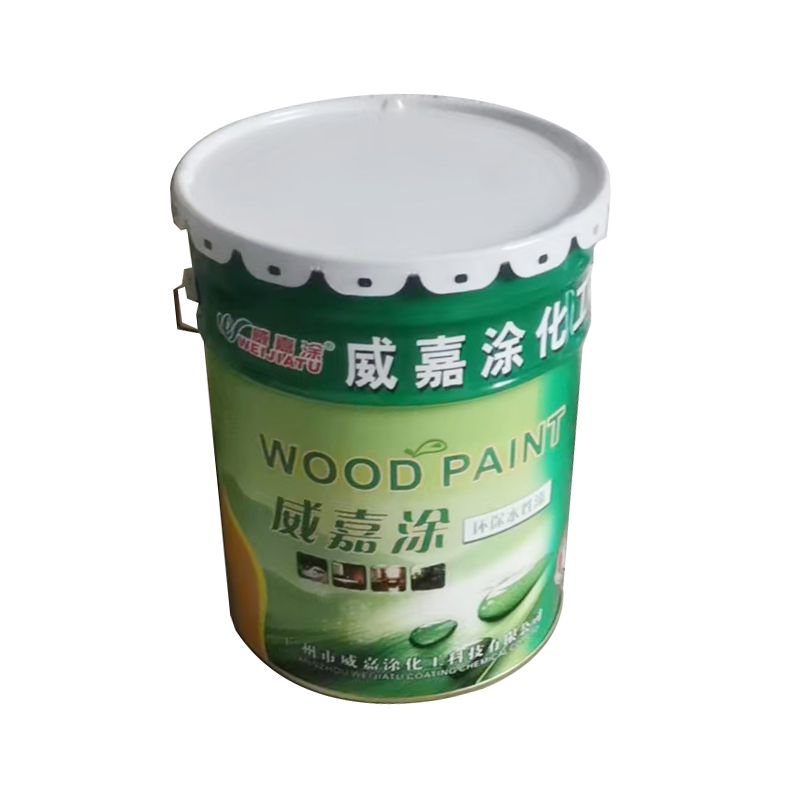How does paint hardener improve the corrosion resistance and salt spray resistance of coatings?
Release Time : 2025-07-22
In the microscopic chemical reactions of the coating world, paint hardener is quietly changing the performance and life of coatings in a silent but indispensable way. It is not as colorful as topcoat, nor as volatile as thinner, but it is the key role in making the coating truly "alive". It uses the power of chemistry to tell the mystery of curing, interprets the art of coating with the dance of molecules, and silently injects a toughness and lasting power into each layer of paint.
Paint hardener is a high-performance additive designed for epoxy resin systems. It can be perfectly integrated with liquid or solid epoxy resins without the need for additional emulsifiers, which simplifies the construction process and improves the overall stability of the coating. It not only has the ability to cure quickly and can form a strong and dense protective layer in a short time, but also has excellent thermal stability. It still maintains chemical activity in high temperature environments to ensure that the coating does not deform or fall off.
Interestingly, paint hardener not only has outstanding performance, but also has strong environmental adaptability. It supports low-temperature curing, and can successfully complete the curing reaction even in cold winter or low-temperature environment, avoiding the problem that traditional curing agents affect the film quality due to insufficient temperature. This ability to "see heat in cold" makes it perform well in low-temperature construction scenes such as northern regions, cold storage, and underground projects.
From a performance perspective, paint hardener's corrosion resistance, oil resistance, water resistance, and salt spray resistance are particularly outstanding. It can form a dense protective film on the surface of various substrates such as metal, concrete, and fiberglass, effectively resisting the erosion of harmful substances such as acids and alkalis, oil pollution, seawater, and industrial waste gas. This all-round protective ability makes it widely used in chemical equipment, ships, bridges, storage tanks, underground pipelines, and other fields that require extremely high coating durability.
More importantly, paint hardener also performs well in construction friendliness. It has strong compatibility with epoxy resin, flexible mixing ratio, and easy operation. It is suitable for a variety of construction methods such as spraying, brushing, and rolling. At the same time, the surface of the cured coating is smooth and dense, which is not only beautiful, but also has good wear resistance and adhesion, making the coating not easy to peel off or crack in long-term use.
With the continuous improvement of industrial development requirements for coating performance, the application scenarios of paint hardener are also expanding. It not only shines in traditional anti-corrosion projects, but also shows broad prospects in high-tech fields such as new energy, aerospace, and electronic packaging. Whether it is the anti-corrosion coating of wind turbine blades or the packaging protection of electronic components, it can meet the multiple requirements of modern industry for material performance in a stable, efficient and environmentally friendly way.
It can be said that paint hardener is not just an additive in the coating system, it is an enhancer of coating performance, a connector between material science and industrial applications, and an important support for modern anti-corrosion and protection technology. It tells the art of curing with the power of chemistry, interprets the wisdom of coating with stable performance, and silently injects a tough, safe and lasting power into every coating.
Paint hardener is a high-performance additive designed for epoxy resin systems. It can be perfectly integrated with liquid or solid epoxy resins without the need for additional emulsifiers, which simplifies the construction process and improves the overall stability of the coating. It not only has the ability to cure quickly and can form a strong and dense protective layer in a short time, but also has excellent thermal stability. It still maintains chemical activity in high temperature environments to ensure that the coating does not deform or fall off.
Interestingly, paint hardener not only has outstanding performance, but also has strong environmental adaptability. It supports low-temperature curing, and can successfully complete the curing reaction even in cold winter or low-temperature environment, avoiding the problem that traditional curing agents affect the film quality due to insufficient temperature. This ability to "see heat in cold" makes it perform well in low-temperature construction scenes such as northern regions, cold storage, and underground projects.
From a performance perspective, paint hardener's corrosion resistance, oil resistance, water resistance, and salt spray resistance are particularly outstanding. It can form a dense protective film on the surface of various substrates such as metal, concrete, and fiberglass, effectively resisting the erosion of harmful substances such as acids and alkalis, oil pollution, seawater, and industrial waste gas. This all-round protective ability makes it widely used in chemical equipment, ships, bridges, storage tanks, underground pipelines, and other fields that require extremely high coating durability.
More importantly, paint hardener also performs well in construction friendliness. It has strong compatibility with epoxy resin, flexible mixing ratio, and easy operation. It is suitable for a variety of construction methods such as spraying, brushing, and rolling. At the same time, the surface of the cured coating is smooth and dense, which is not only beautiful, but also has good wear resistance and adhesion, making the coating not easy to peel off or crack in long-term use.
With the continuous improvement of industrial development requirements for coating performance, the application scenarios of paint hardener are also expanding. It not only shines in traditional anti-corrosion projects, but also shows broad prospects in high-tech fields such as new energy, aerospace, and electronic packaging. Whether it is the anti-corrosion coating of wind turbine blades or the packaging protection of electronic components, it can meet the multiple requirements of modern industry for material performance in a stable, efficient and environmentally friendly way.
It can be said that paint hardener is not just an additive in the coating system, it is an enhancer of coating performance, a connector between material science and industrial applications, and an important support for modern anti-corrosion and protection technology. It tells the art of curing with the power of chemistry, interprets the wisdom of coating with stable performance, and silently injects a tough, safe and lasting power into every coating.







